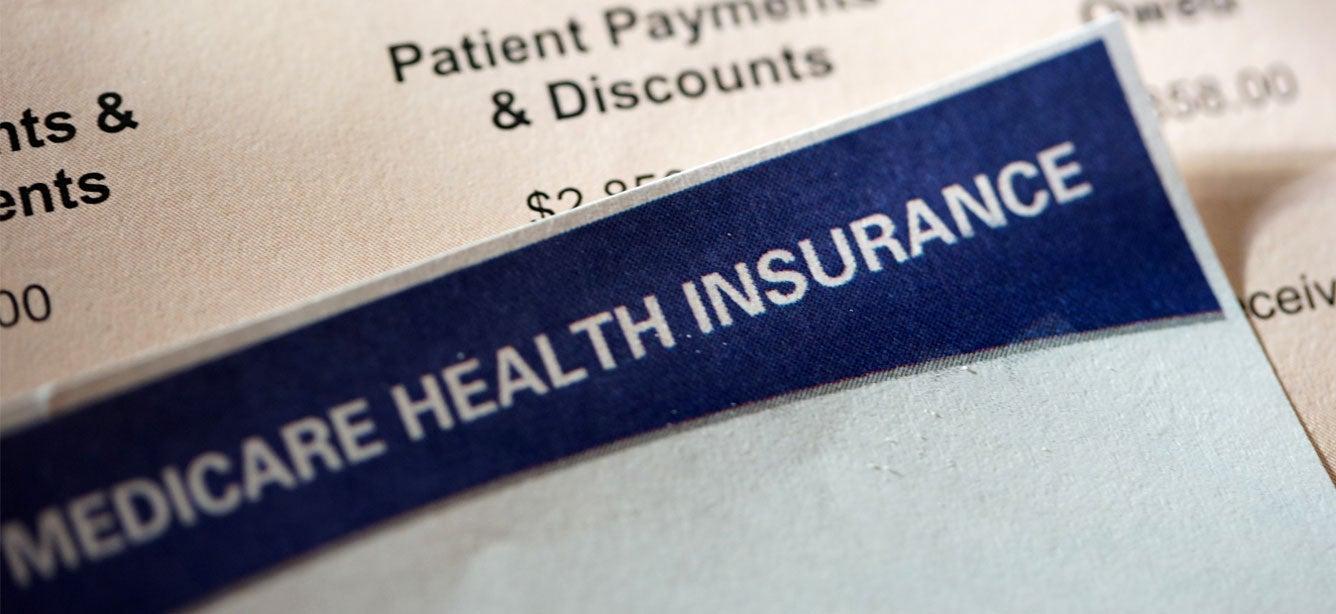
You may have heard about the seven-month window around your 65th birthday when you’re first able to sign up for Medicare. But did you know there may be other times that you can first enroll in the Medicare program—or switch your health or prescription drug plan?
Whether you’re turning 65 or just getting started with Medicare, understanding the various enrollment periods is key to getting the health care coverage you need. It can also help you avoid financial penalties that can result if you don’t enroll on time. While the rules can seem complicated, we’re here to help.
What are the enrollment periods for Medicare?
There are a handful of Medicare enrollment periods that occur throughout the calendar year, and below we explain each, including when they happen, who they're for, and what you can do during each one.
You are new to Medicare Part A and Part B
Initial Enrollment Period
- When it happens: Ongoing (the seven-month window around your 65th birthday, or for those under 65 and found to have a disability, generally the month after a 24-month “waiting period”)
- Who it’s for: People newly eligible for Medicare, both those turning 65 and those under 65 who are found to have a disability by Social Security and have met their Medicare “waiting period” (i.e., received SSDI benefits for two years)
- What you can do: Join Medicare Parts A and/or B, and also enroll in Part D
- When coverage starts: No earlier than your month of Medicare eligibility; see the Medicare & You handbook for more information
Medicare Advantage Open Enrollment Period within Initial Coverage Election Period (ICEP)
- When it happens: The month of entitlement to Parts A and B through the last day of the ICEP or third month of entitlement
- Who it’s for: People newly eligible for Medicare
- What you can do: Enroll in a Medicare Advantage plan, with or without drug coverage
- When coverage starts: First day of the month following the month of enrollment (and you are enrolled in both Parts A and B)
General Enrollment Period
- When it happens: Jan. 1–March 31
- Who it’s for: People who did not sign up for Medicare Parts A and/or B when first eligible and who do not have a Special Enrollment Period
- What you can do: Sign up for Medicare Parts A and B
- When coverage starts: First day of the month following the month of enrollment
Special Enrollment Period for Parts A and B
You can delay enrollment in Medicare Part A (Hospital Insurance) and/or Part B (Medical Insurance) if you’re actively employed at a company with more than 20 employees on your 65th birthday. You must also be enrolled in active creditable health care coverage through your employer, union, or spouse’s employer (See COBRA paragraph).
Once your creditable health care coverage ends—or when employment ends (whichever comes first)—you qualify for an eight-month Special Enrollment Period. It's a good idea to enroll in Medicare before you lose your employer-sponsored health care plan; this will help you avoid any gaps in your coverage. If you do not enroll in Part A and/or Part B before the eight-month window is over, you may have to pay penalties Learn more about penalties.
COBRA and retiree health plans aren't considered coverage based on current employment—so you're not eligible for a Special Enrollment Period when that coverage ends. This Special Enrollment Period also doesn't apply to people who qualify for Medicare based on having End-Stage Renal Disease (ESRD).
In 2023, Medicare established new two-month Special Enrollment Periods for Part B and premium Part A for people who experience an exceptional circumstance. This may include living in an area impacted by disaster/emergency, losing Medicaid coverage, or being released from incarceration.
If you sign up for Part A and/or Part B because of an exceptional situation, you’ll have two months to join a Medicare Advantage plan (with or without drug coverage) or a standalone Part D plan.
You need Medigap coverage
Medigap Open Enrollment Period
- When it happens: Ongoing (six-month window after you enroll in Part B)
- Who it’s for: People turning 65, newly eligible for Medicare, and enrolled in Parts A and B
- What you can do: Purchase a Medigap policy without medical underwriting; learn more in our fact sheet: Medigap Open Enrollment Period
- When coverage starts: First day of the following month
You are already in Medicare
Annual Medicare Advantage Open Enrollment Period
- When it happens: Jan. 1 – March 31
- Who it’s for: People already enrolled in a private Medicare Advantage (Part C) plan as of Jan. 1 who wish to switch plans or leave their plan to get original Medicare (Parts A and B)
- What you can do:
- Switch Medicare Advantage plans
- Disenroll from Medicare Advantage to go to original Medicare (you can also pick up a Part D drug plan)
- When coverage starts: First day of the month following the month of enrollment (i.e., if you apply in January, coverage starts Feb. 1)
Annual Open Enrollment Period
- When it happens: Oct. 15 – Dec. 7
- Who it’s for: Anyone who is enrolled in Medicare Parts A and/or B, including those who may already be enrolled in a Medicare Advantage or Part D plan
- What you can do:
- Change from original Medicare to a private Medicare Advantage plan
- Change from Medicare Advantage to original Medicare
- Join, drop, or switch Part D drug plans
- Switch Medicare Advantage plans
- When coverage starts: Jan. 1
Special Enrollment Periods
- When it happens: Ongoing (SEPs exist for people to enroll iin/switch Medicare Advantage and Part D plans)
- Who it’s for: There are many SEPs for both Medicare Part D, and Medicare Advantage plans. SEPs can apply to those who:
- Lose active employee/spousal coverage (and didn’t sign up for original Medicare when first eligible)
- Move out of a plan’s service area (for Medicare Advantage and Part D plans)
- Enter or leave an institution (nursing home, jail)
- Qualify for the Part D Low-Income Subsidy (Extra Help)
- What you can do:
- Move back to Medicare Part A and Part B
- Change/enroll in a Part D plan
- Change/enroll in a Medicare Advantage plan
- Note: Specific rules and timing apply to SEPs based on a person’s individual circumstances. Learn more from Medicare.
- When coverage starts: Varies; see Medicare link above for more details
Need help sorting through your Medicare options?
If you’re wondering, “How do I get unbiased, honest Medicare advice?”, a smart place to start is your local State Health Insurance Assistance Program (SHIP). SHIP counselors know the program inside and out and can help you be more confident in the coverage decisions you make. Even better, it costs nothing to have a counselor walk you through your Medicare options. Learn more or find your local SHIP today.



